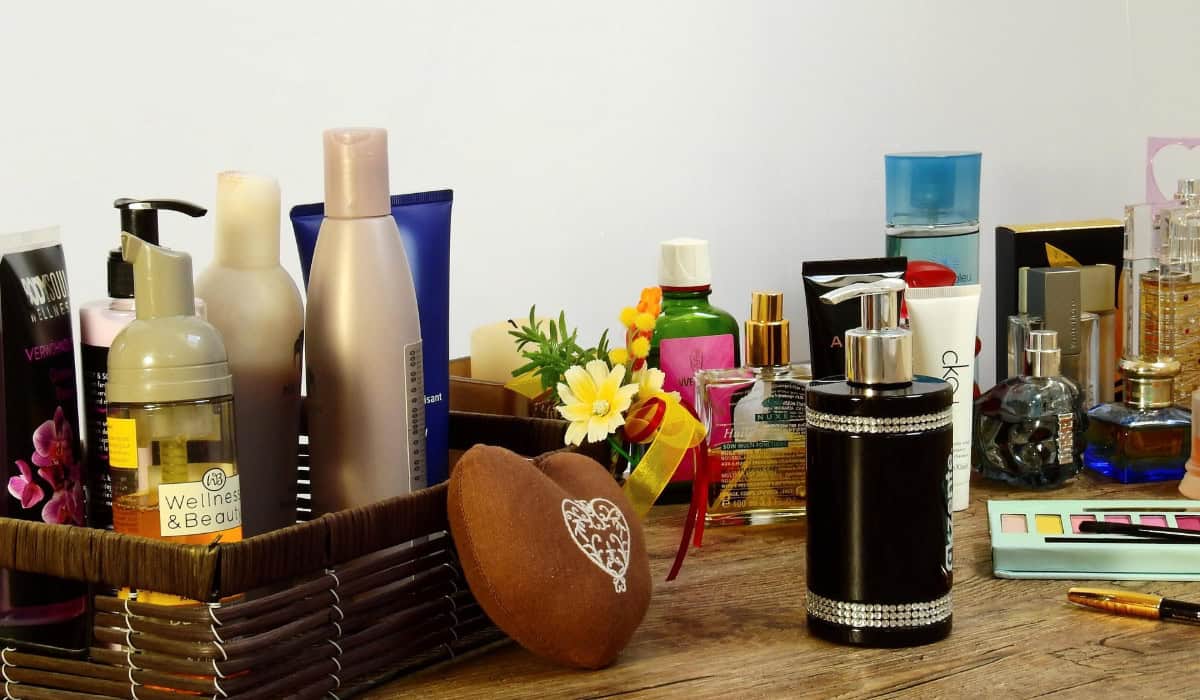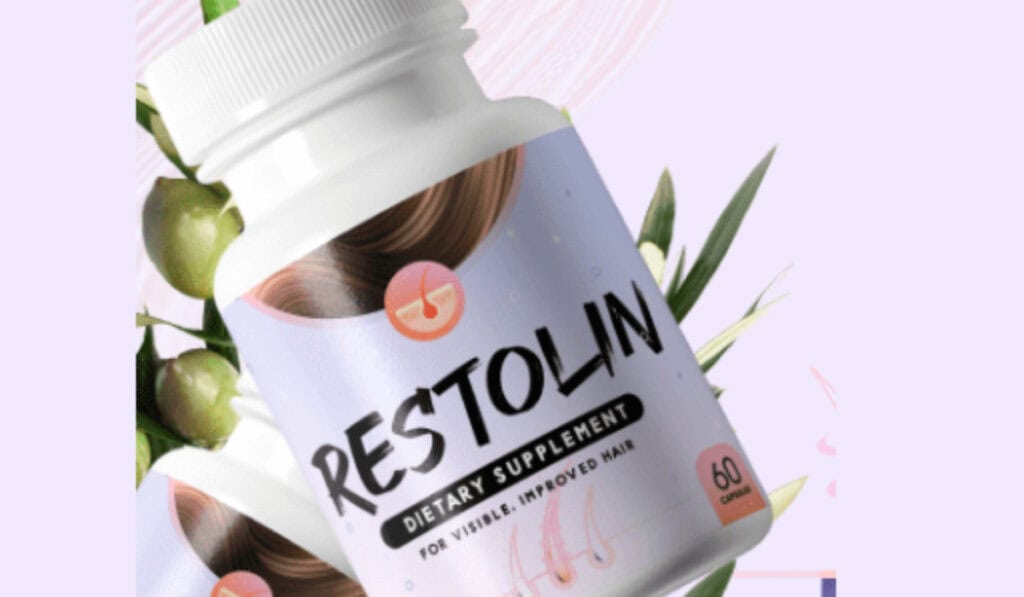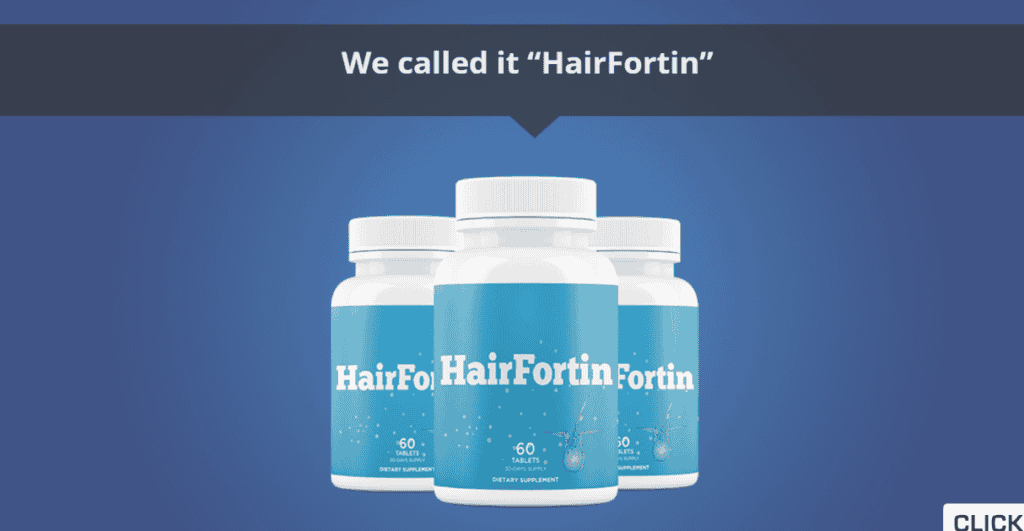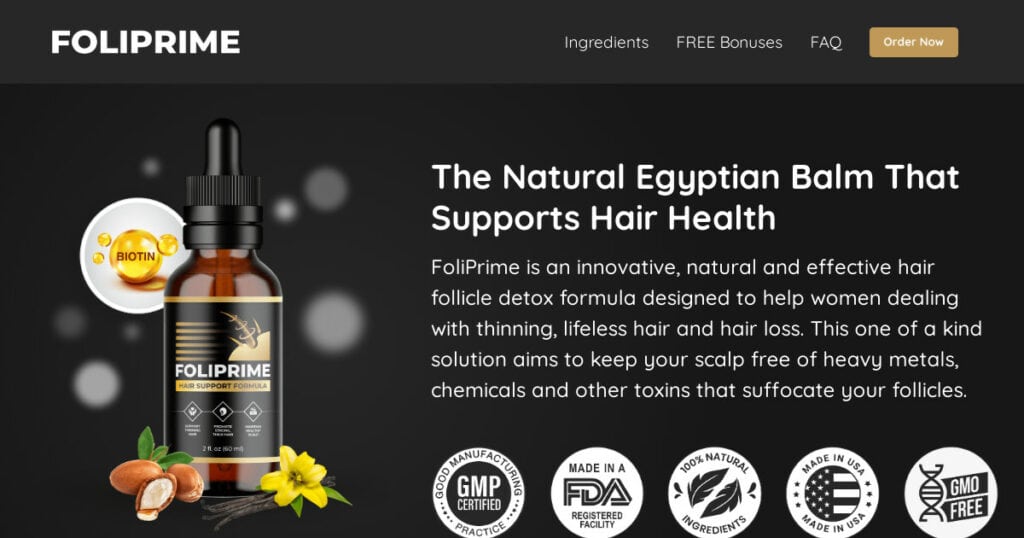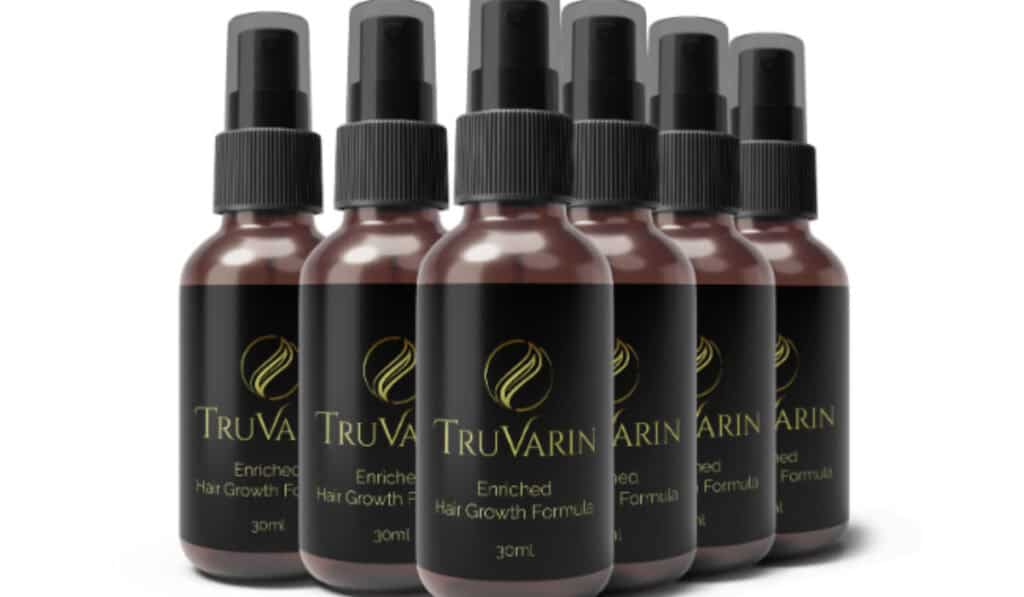How to Maintain Strong and Healthy Hair – A Comprehensive Guide
Embarking on a hair care journey can feel like a blessing and a challenge. With the right haircare routine, you can transform your locks from dry and lifeless to super shiny and strong. It starts with using a moisturizing shampoo that cleans without stripping your hair of essential oils and proteins. Incorporating deep conditioners into your routine helps restore moisture that shampoo may have removed, locking in moisture and promoting hair growth. Remember, a diet rich in essential nutrients and packed with vitamins is also crucial for maintaining healthy hair.
But hair care doesn’t stop at washing and eating well. Protecting your hair from excess oil, controlling frizz, and ensuring good scalp health are all part of maintaining strong, healthy locks. Choose a sulfate-free shampoo to avoid harsh chemicals, and make it a habit to deep condition once a week. For those sunny days, wear a hat to protect your hair from damaging UV rays. Following these tips and tricks will put you on the path to achieving the hair of your dreams, no matter if it’s prone to breakage or in need of a volume boost.
Starting Your Journey Towards Healthier Hair
Starting your journey towards healthier hair means addressing dryness and damage head-on while seeking ways to enhance your hair’s natural lack of volume. With patience and dedication, you’ll soon see your healthy locks thrive, becoming a testament to your care and effort.
Understanding Your Hair Type and Its Needs
To truly cater to your hair, learning to let it air dry can reveal a lot about its natural texture and needs. This simple practice is a cornerstone in understanding how to treat your unique hair type.
Identifying Your Hair Porosity and Elasticity
Understanding your hair’s porosity and elasticity is key to nurturing your healthy locks back to life. Porosity affects how well your hair can absorb and retain moisture, which is crucial for combatting dryness and damage. Elasticity, on the other hand, determines how much your hair can stretch and return to its original shape without breaking. Knowing these aspects can guide you in choosing the right products and treatments to enhance your hair’s natural texture and combat its lack of volume.
Tips for Thin, Thick, Straight, Wavy, Curly, and Afro Hair Types
Every hair type requires a unique approach. Thin hair benefits from lightweight, volumizing products that don’t weigh it down, while thick hair may need more moisturizing treatments to maintain its health. Straight hair often requires regular trims to avoid split ends, and wavy hair thrives with products that enhance its natural texture. Curly hair loves hydration and oils that define curls and control frizz, and afro-textured hair needs deep conditioning and protective styles to retain moisture and length.
Setting Realistic Hair Care Goals
Setting realistic hair care goals is essential. Whether you’re aiming for enhanced curl definition or general health, tailoring your haircare routine to meet these goals can lead to noticeable improvements.
Achieving Length, Volume, or Repairing Damage
Every goal requires specific actions. For length, focus on protecting ends from breakage. Volume comes from the roots, so target your efforts there with styling tips that lift and separate. Repairing damage often involves deep conditioning treatments and reducing heat styling to give your hair a chance to recover.
Regular Trims and Their Importance
Regular trims are crucial for maintaining the health of your hair. They remove split ends before they can cause further damage, helping to maintain both the appearance and the overall health of your locks. Scheduling trims every 6-8 weeks can keep your hair looking fresh and growing strong.
Tailoring Your Daily Hair Care Routine
Creating a daily hair care routine tailored to your needs involves understanding your scalp’s tendencies, like if it’s oily, and ensuring you’re providing a protective barrier against heat and environmental stressors. Heat protection is especially important if you style your hair with heat tools regularly.
Cleansing and Conditioning
Cleansing and conditioning are the foundation of any good hair care routine. When applying conditioner, focus on the ends where your hair needs the most moisture and let it sit for a few minutes before rinsing. This helps to squeeze out excess water and ensures the conditioner can deeply nourish your hair, replacing moisture that shampoo may have removed.
Choosing the Right Shampoo for Your Hair Type
Choosing the right shampoo is crucial for allowing your hair to air dry beautifully. Different hair types require different formulas—moisturizing shampoos for dry hair, balancing ones for oily scalps, and gentle, sulfate-free options for sensitive or damaged hair.
The Role of Conditioners and Deep Conditioners
Conditioners and deep conditioners play a vital role in replenishing moisture and nutrients that shampoo may have removed. Applying conditioner primarily to the ends and leaving it on for a few minutes before rinsing helps to squeeze out excess water and deeply hydrate your hair. Incorporating a deep conditioner into your routine once a week can further enhance moisture retention and hair health.
The Art of Detangling
Detangling your hair gently to avoid breakage is an art that requires patience and the right tools.
Tools and Techniques for Minimal Breakage
Using wide-tooth combs or specialized detangling brushes can minimize hair breakage during the detangling process. Always start from the ends and work your way up to the roots to gently tease out knots without causing damage.
Moisturizing Strategies for Every Hair Type
Moisturizing is key for all hair types, from oily to dry. Finding the right balance of oils, leave-in conditioners, and hair masks will keep your hair hydrated and healthy, no matter its texture or condition.
Oils, Leave-in Conditioners, and Hair Masks
Keeping your hair well-moisturized is key to its health and shine. Oils like coconut or argan oil can deeply nourish your hair, sealing in moisture. Leave-in conditioners are a must for added hydration throughout the day, especially for dry or curly hair. Hair masks, used once or twice a week, provide a deep conditioning treatment, addressing specific concerns like damage or dryness. Choose products based on your hair type for the best results.
Heat Styling and Protection
While styling your hair can enhance its appearance, using heat tools too often leads to heat damage. Protect your locks by minimizing the use of these tools.
When to Use Heat Protectants
Whenever you plan to use a heat styling tool, applying a heat protectant is essential. These protectants form a barrier on your hair, shielding it from the high temperatures. Spraying your hair lightly with a protectant before blow-drying, straightening, or curling can significantly reduce heat damage. For best results, use it on damp hair and comb through to distribute evenly.
Alternatives to Heat Styling
There are many ways to style your hair without exposing it to heat. Braids, twists, and buns can create waves and curls overnight without any damage. If you’re looking for volume, try root clips or rollers. These methods not only protect your hair from heat damage but also promote healthier, stronger hair over time.
Weekly and Monthly Hair Care Enhancements
To keep your hair in top condition, incorporate special treatments into your weekly and monthly routines. This will address deeper needs and prevent future damage.
Scalp Care and Exfoliation
Healthy hair starts with a healthy scalp. Regularly exfoliating your scalp helps remove buildup of products and dead skin, ensuring your hair’s natural oils can nourish your scalp and hair properly.
Scalp Detox and Its Benefits
A scalp detox is designed to cleanse deeply, removing toxins and buildup that regular washing misses. This can rejuvenate your scalp, promote better hair growth, and restore balance to your hair’s natural oils. A detox can be as simple as using a clarifying shampoo or a homemade mixture of natural ingredients. It’s a refreshing boost that keeps your scalp and hair feeling and looking healthy.
Home Remedies vs. Professional Scalp Treatments
Deciding between home remedies and professional scalp treatments depends on your needs and budget. Home remedies, like a weekly routine involving a gently massage with essential oils, can maintain scalp health and are cost-effective. For more severe issues, professional scalp treatments offer specialized solutions. These treatments often involve deep cleansing and targeted scalp treatments that are more intensive than what you can achieve at home.
Deep Conditioning and Hair Masks
Deep conditioning and using hair masks are crucial for maintaining moisture and repairing damage. They should be part of your weekly routine.
DIY Options vs. Store-Bought Treatments
Whether you choose DIY or store-bought treatments depends on your preferences and hair needs. DIY options can be customized and are often more natural, involving ingredients like honey and avocado. Store-bought treatments are convenient and specifically formulated for various hair concerns. Both should be applied from the mid-lengths to ends, after a gentle wash, and left in for a period before rinsing.
The Importance of Hair Trims
Regular trims are vital to prevent split ends and promote healthy hair growth. They keep your hair looking neat and healthy.
Regular Trims to Prevent Split Ends
Getting your hair trimmed every 6-8 weeks helps prevent split ends from traveling up the hair shaft, which can lead to breakage and unhealthy looking hair. Regular trims not only keep your hair looking its best but also encourage stronger, healthier growth by removing damaged ends.
Signs It’s Time for a Trim
Signs you need a trim include noticeable split ends, tangled hair that’s hard to brush, and a lack of shape or volume. If your hair starts looking dull or feels rough, it’s time to book an appointment. Keeping up with regular trims ensures your hair remains healthy and vibrant.
Addressing Specific Hair Concerns
Every hair type has its unique challenges. Addressing these concerns properly can lead to healthier, more beautiful hair.
Managing Dandruff and Scalp Health
Keeping your scalp clean and free from dead skin is crucial in managing dandruff. Regular washing with a gentle shampoo can help maintain a healthy scalp environment.
Natural Remedies and Over-the-Counter Solutions
Natural remedies and over-the-counter solutions can significantly improve your hair’s health and appearance. For instance, using aloe vera gel can soothe the scalp and help with hair growth. Over-the-counter shampoos with tea tree oil can reduce dandruff. Remember to protect your hair from UV rays and keep it hydrated, especially if it’s prone to dryness. Balancing these treatments can help you achieve stronger, healthier hair.
Strategies for Controlling Frizz
Controlling frizz starts with understanding your hair’s specific needs. Using the right products and techniques can make a big difference. For example, a leave-in conditioner can help to manage frizz by keeping your hair hydrated.
Humidity-Proofing Your Hair
To protect your hair from humidity, start by using a smoothing shampoo and conditioner. Applying a silicone-based serum can also help by forming a protective barrier over the hair. Additionally, consider using anti-humidity sprays or creams to lock in your style and keep frizz at bay. These steps can help you maintain smooth, manageable hair even on the most humid days.
Solutions for Hair Thinning and Loss
Addressing hair thinning and loss involves a holistic approach. Incorporating the right styling tips into your routine can minimize further damage and promote regrowth.
Diet, Supplements, and Topical Treatments
A balanced diet, rich in vitamins and minerals, supports hair health. Supplements like biotin can also contribute to hair strength. Topical treatments, including those that contain minoxidil, can be applied directly to the scalp to encourage hair growth. Integrating these into your weekly routine, focusing treatments from the scalp to the mid-lengths to ends, can help in achieving fuller, healthier hair.
Advanced Hair Care Techniques and Styles
Exploring advanced hair care techniques and styles can transform your look while maintaining hair health. Understanding how to use tools and products correctly is key.
Mastering the Use of Hair Tools
Using hair tools effectively is crucial for styling without causing damage. Knowing the right temperature and technique can make a difference.
How to Choose and Use Hair Dryers, Curlers, and Straighteners Effectively
Selecting the right hair dryers, curlers, and straighteners is essential for healthy styling. Look for tools with adjustable heat settings to minimize heat damage. Always apply a heat protectant before using heated tools to shield your strands. Opting for ionic dryers and ceramic or tourmaline plates can also help reduce damage and promote shine. Remember to let your hair air dry when possible to give it a break from the heat.
Creative Styling Without Damage
Adopting creative styling methods can reduce the need for heated tools. Try experimenting with braids or updos for a fresh look.
Braids, Updos, and Protective Styles
Braids, updos, and protective styles not only add variety to your look but also help to prevent damage. These styles can keep your hair under control, reduce exposure to harsh environmental elements, and minimize the need for heated styling. Lightweight styling products can enhance these styles without weighing down your hair. Remember, applying a heat protectant is still important if you’re using any heated tools to perfect your look.
Color Maintenance Tips
Keeping your dyed hair vibrant and healthy requires specific care. Avoiding excessive use of heat tools and scheduling regular scalp treatments can help.
Extending the Life of Dyed Hair
To extend the life of your dyed hair, wash less frequently and use products designed for color-treated hair. Cold water rinses help seal the cuticle, preserving color and moisture. Incorporating a color-safe deep conditioning treatment every 6 to 8 weeks can also maintain the color’s vibrancy and hair’s health. Additionally, using UV-protective products can prevent color from fading due to sun exposure.
Natural Alternatives for Hair Coloring
For those seeking gentler options, natural alternatives like henna, indigo, and chamomile can offer beautiful shades without the harsh chemicals. These alternatives require more time and patience but can provide rich, lasting color with added hair conditioning benefits. Conducting a patch test and consulting with a professional can ensure the best results.
Routine Tips for Healthy Hair
Establishing a routine that nurtures hair from the inside out is fundamental to achieving lasting health and vitality.
The Ultimate Guide to a Balanced Diet for Hair Health
A balanced diet plays a critical role in hair health. Incorporating foods rich in vitamins, minerals, and proteins can significantly impact the strength and growth of your hair. Don’t forget to drink plenty of water to keep your hair hydrated and healthy.
Key Vitamins and Minerals for Strong Hair
To keep your hair looking its best, focus on getting plenty of specific vitamins and minerals. Iron and zinc help hair follicles grow, while vitamins A, C, and E support scalp health and keep your hair looking shiny. Biotin, often hailed as the go-to for boosting hair growth, is essential, but remember, a balanced diet is key. Overloading on any one vitamin won’t make your hair grow overnight, but a well-rounded diet will help minimize breakage and promote healthy growth over time.
Lifestyle Changes for Better Hair
Making small changes in your daily habits can lead to big improvements in your hair health. Staying hydrated, eating a balanced diet, and getting enough sleep are foundational steps that support strong and vibrant hair. Remember, your hair reflects your overall health, so taking care of your body is essential for showcasing beautiful locks.
Managing Stress and Sleep for Hair Growth
Stress can take a toll on your hair, potentially leading to hair loss or thinning. Finding ways to manage stress through activities like yoga, meditation, or even regular exercise can significantly impact your hair’s health. Additionally, ensuring you get enough sleep each night helps your body repair itself, promoting healthy hair growth. Think of sleep as your body’s time to refresh and rejuvenate every part of you, including your hair.
Wrapping Up Your Ultimate Hair Care Journey
As we conclude this guide, remember that maintaining strong and healthy hair is a marathon, not a sprint. Patience and consistency with your hair care routine are key to achieving the best results. Keep learning, stay dedicated to your hair’s needs, and adjust your practices as your hair evolves.
Evaluating Progress and Adjusting Your Routine
It’s important to periodically assess the health and progress of your hair. Are you seeing improvements in texture and strength? If not, it may be time to tweak your routine. Listen to your hair, and don’t be afraid to change products or habits that aren’t serving you well.
When to Stick to Your Routine and When to Adjust
Finding the perfect hair care routine can take time. If you notice positive changes, keep going! But if something feels off, don’t hesitate to adjust. This might mean trying new products or cutting back on heat styling. Remember, what works for someone else may not work for you, so trust your experience and make changes as needed to maintain your hair’s health and vitality.
Continuing Education on Hair Health
Keeping your hair healthy is an ongoing process. Stay curious and open to new information about hair care practices and products. The more you learn, the better equipped you’ll be to care for your unique hair type and address any issues that arise.
Recommended Resources and Ongoing Learning
There are countless resources available for learning about hair care. From blogs and YouTube channels to professional stylists’ social media pages, find trusted sources that resonate with your hair goals. Don’t forget about the importance of using leave-in conditioners, leave-in treatments, and heat protectants to keep your hair in top shape. These products can make a significant difference in your hair’s feel and appearance.
The Final Brushstroke: Sustaining Your Hair’s Health and Vitality
As you move forward, remember that maintaining healthy hair is about embracing your unique hair type and incorporating hair care practices into your daily routine. Whether it’s finding the right balance of moisture, protecting your hair from heat, or exploring new styles, every step you take should support your hair’s natural beauty. Celebrate your progress, stay patient, and enjoy the journey to achieving and sustaining strong, vibrant hair.
Embracing Your Unique Hair Type and Journey
Every head of hair is unique, and discovering what works best for yours is a personal journey. Whether your hair is thick or curly, remember that conditioner is best applied at arm’s length to distribute the product evenly, minimizing the risk of overwashing which strips much-needed moisture. Opt for lightweight, hydrating shampoo and conditioner formulas that lock in moisture without weighing down your locks, and avoid applying conditioner to your roots to prevent dryness on your scalp.
Celebrating Small Wins and Embracing Patience
On your hair care journey, celebrate every improvement, no matter how small. Did your hair feel softer after switching to a new conditioner? That’s a win! Patience is crucial, as significant changes won’t happen overnight. Keep consistent with your haircare routine, embrace the learning process, and remember that every step forward is a step towards healthier, stronger hair.

